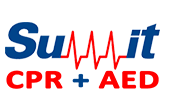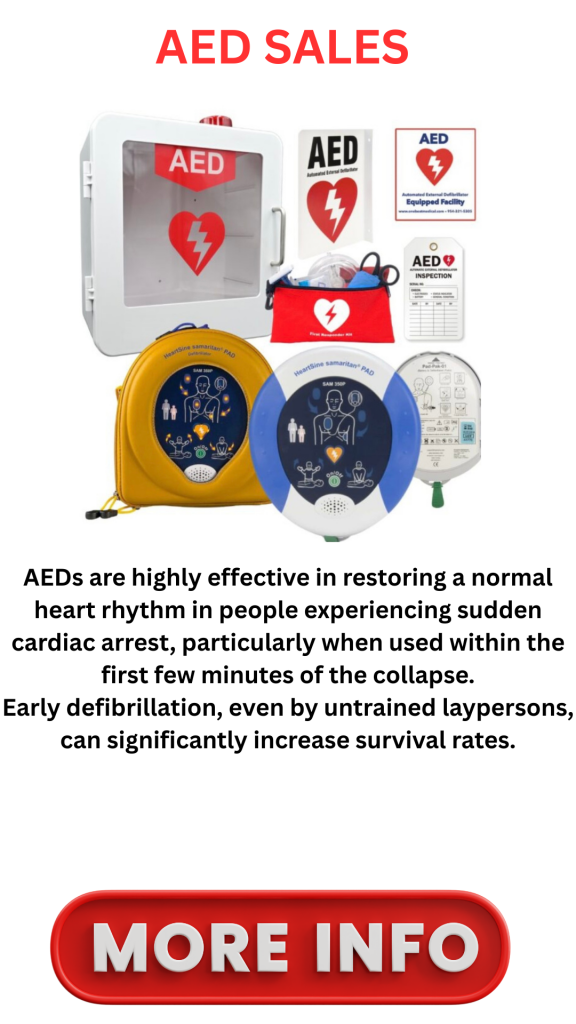Welcome to Summit Nursing CPR
Our Staff of certified American heart Association instructors include Nurses and Paramedics that are considered to be experts in emergency care in both pre and hospital settings. This brings real life experience and knowledge to our training classes. You will find our classes enthusiastic, knowledgeable and rewarding.
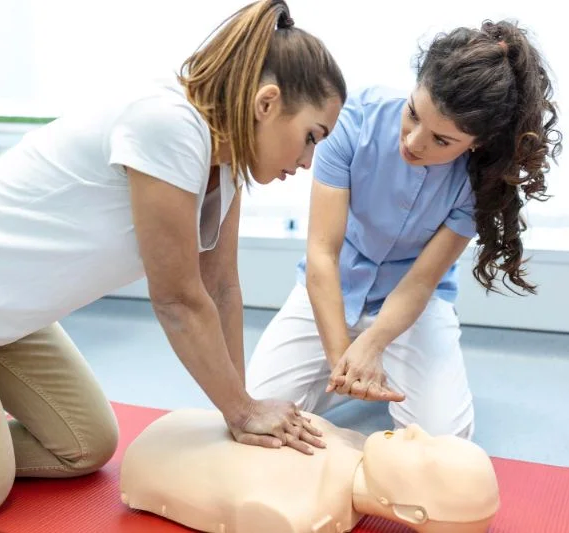
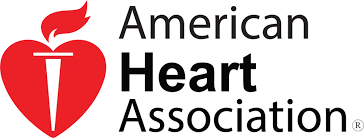
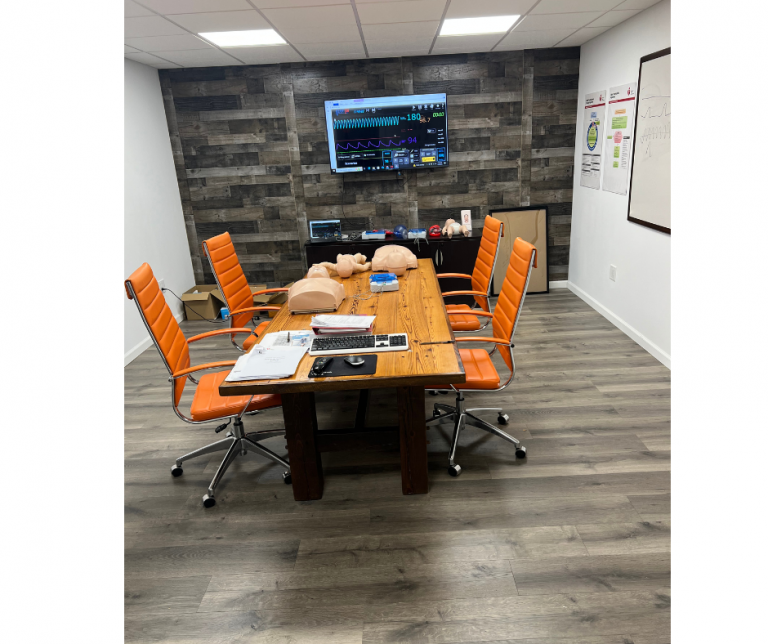
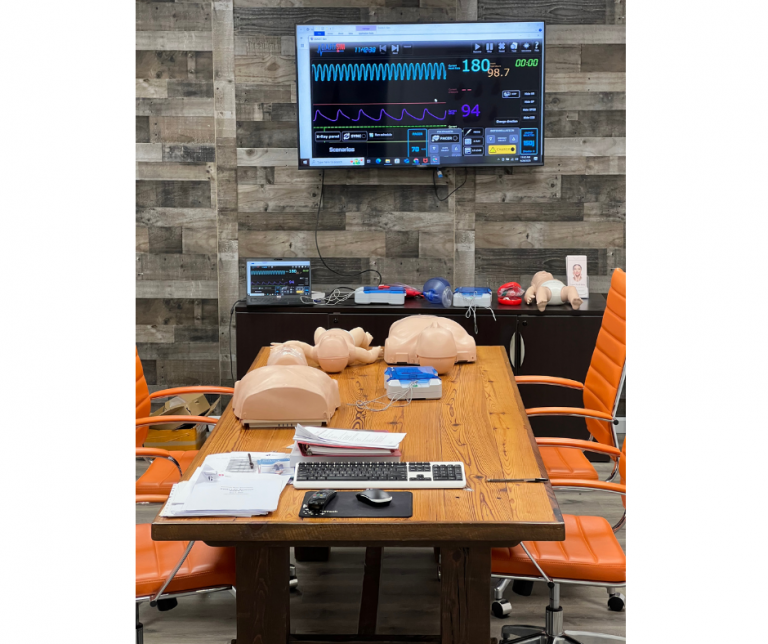
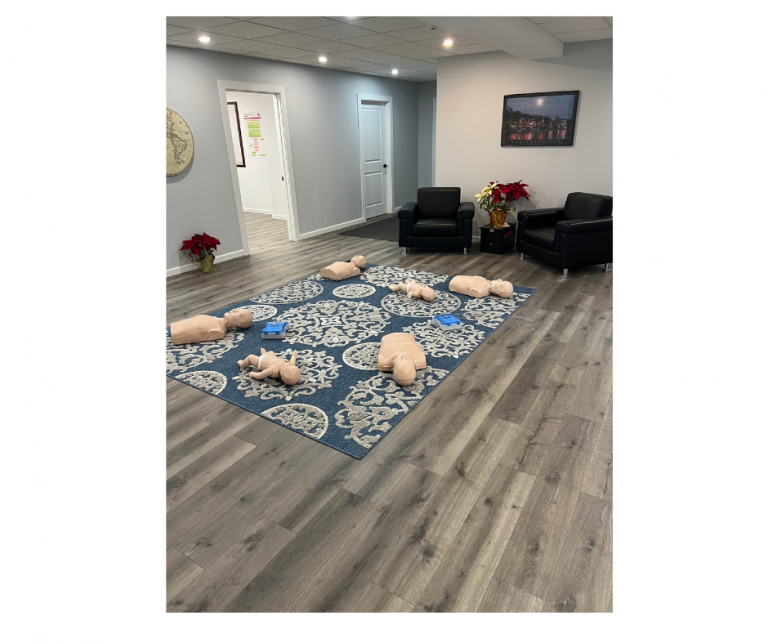
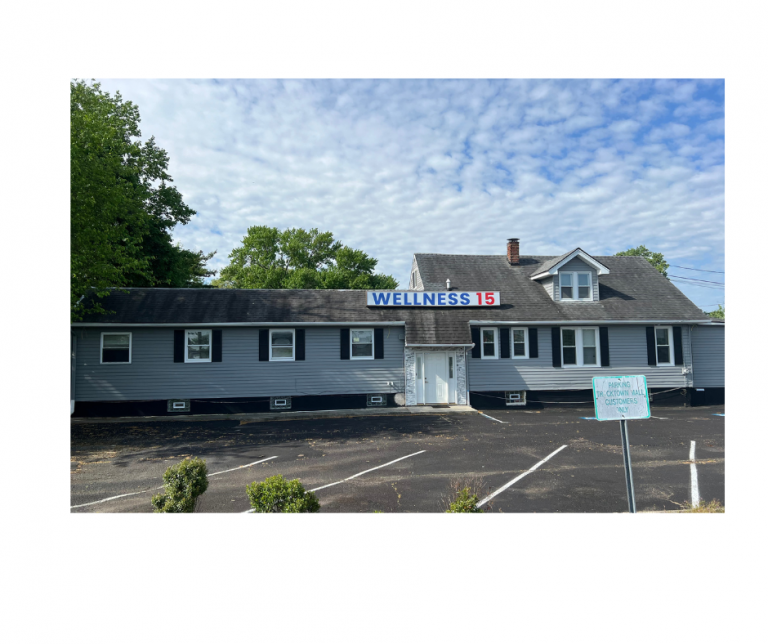
Medical Personnel
BASIC LIFE SUPPORT
This course is intended for healthcare providers with clinical responsibilities in hospitals and patient care areas including nurses, physicians, paramedics, respiratory therapists, physician’s assistants, or nursing students.
The ACLS Course
ACLS
The ACLS course builds on the foundation of lifesaving Basic Life Support (BLS) for Healthcare Providers skills; emphasizing the importance of continuous, high-quality CPR. This advanced course highlights the importance of team dynamics and communication, systems of care, and immediate post-cardiac arrest care. ACLS also covers airway management and related pharmacology. This course is an 4 hour course.
You may add BLS Certification to your ACLS Course – Cost $50 – please notify instructor.
Non-Medical Personnel
CARDIOPULMONARY RESUSCITATION
This course is intended for individuals who have a duty to respond to a cardiac emergency because of job responsibilities or regulatory requirements such as coaches, daycare workers, personal trainers and construction workers. this is appropriate for members of the community who want to be prepared in the event of a cardiac arrest.
NEED GROUP CPR TRAINING AT YOUR LOCATION ?
Whether you need an individual class, a group class, or training at your location.
Schedule online or call! (856) 546-5500
What people say about us
EXCELLENTTrustindex verifies that the original source of the review is Google. I went to get my BLS certification. It was a very easy and fun experience. George was nice and answered all of my questions. It took no time at all!Trustindex verifies that the original source of the review is Google. Highly recommend certifying here! George, the instructor, was great, friendly, and very knowledgeable. I took decertifies in both BLS and ACLS, and he offered his real life experiences outside of just those in the AHA videos. He had a great variety of equipment for hands-on experience including those with advanced airways discussed in the modules that not every instructor shows (I’ve renewed 4 times), so that was awesome to see outside of the videos. Overall great experience doing one of the more tedious parts of healthcare.Trustindex verifies that the original source of the review is Google. Excellent experience. Great instructor and great course. I'll be taking ACLS here again in 2 years!Trustindex verifies that the original source of the review is Google. Fantastic, quick and easy class! Great instructor.Trustindex verifies that the original source of the review is Google. Had a great experience training with George. Made it easy to learn and understand!Trustindex verifies that the original source of the review is Google. I was unable to get a timely acls class at the institution I work for so I searched local cpr providers and found summit. It was super easy to get into a class and George made the entire process so seamless. I had my card by the end of the day! I will definitely use their services again and recommend to all my friends in the health care field!Trustindex verifies that the original source of the review is Google. George was wonderful, he answered all questions I had thoroughly and professionally. His years in the healthcare field were represented in his abundant knowledge of CPR and ability to conduct a class excellently. We had a snafu in online registration which was seamlessly remedied by him. At the end of the day, it all came up roses and we are CPR certified!Trustindex verifies that the original source of the review is Google. I recently completed my CPR class for my nursing program with George Dougherty as the instructor. George was amazing, his teaching style was clear, engaging, and incredibly thorough. He ensured that I felt confident and well-prepared. Highly recommend!Verified by TrustindexTrustindex verified badge is the Universal Symbol of Trust. Only the greatest companies can get the verified badge who has a review score above 4.5, based on customer reviews over the past 12 months. Read more
- 15 Biedman avenue. Cherry Hill NJ 08002
- 856-202-7955
- info@summitnursing.com
- 9:00 AM to 5:00 PM
